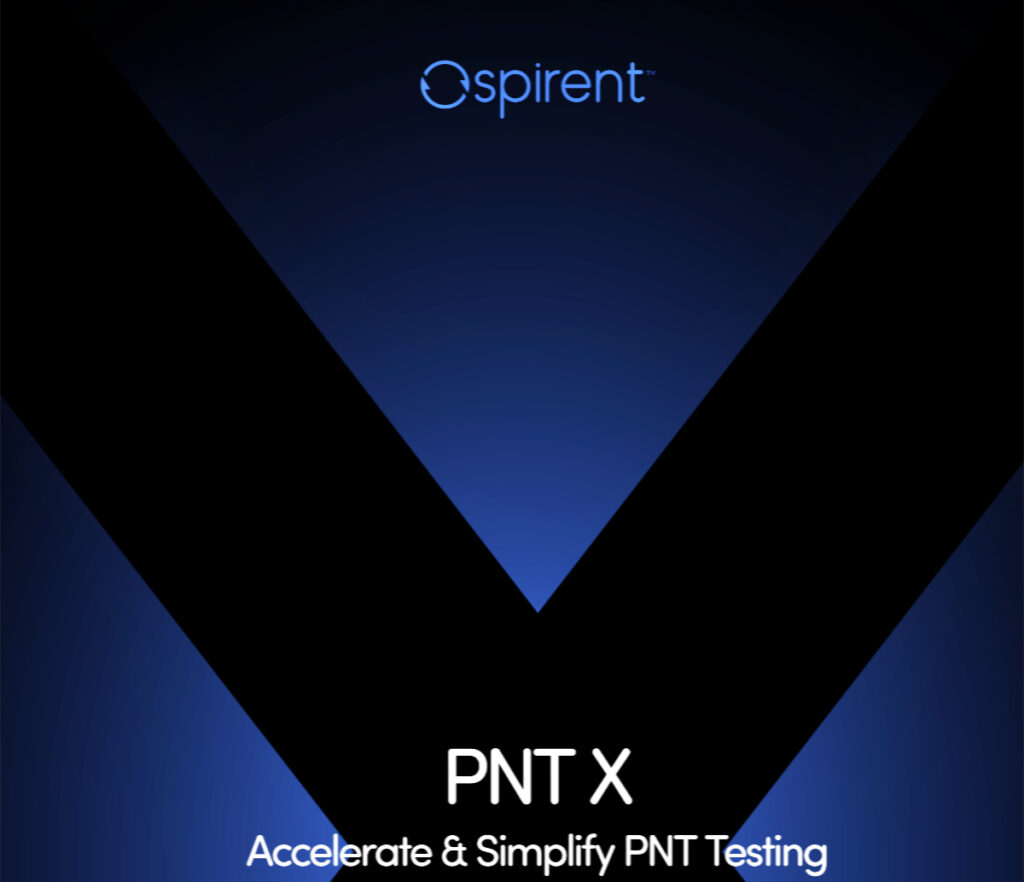
Spirent Communications plc (LSE:SPT) last month was selected by the Japan Aerospace Exploration Agency (JAXA) to provide a pioneering lunar positioning, navigation, and timing (PNT) simulation solution.

Copyright: JAXA/TOMY/Sony Group Corporation/Doshisha University
This industry-first technology will support JAXA’s lunar exploration initiatives and contribute to the development of critical navigation infrastructure for future missions on the Moon.
Spirent’s PNT X solution enables JAXA to simulate lunar PNT services in a controlled lab environment before they become operational on the Moon. This capability is crucial for testing and validating mission-critical navigation equipment for lunar missions in compliance with the emergent LunaNet specification—including adaptable S-band frequency solutions— all the while ensuring scalability for the future of space exploration.
Leveraging PNT X and its custom signal definition capabilities, JAXA will now be able to experiment with novel S-band signals. Importantly, this will enable technicians to assess the potential performance of receivers that use standalone S-band Lunar PNT signals, or a combination of Lunar PNT and existing Earth-based L-band GNSS infrastructure. Simulating this combination of signals to the level of precision and realism required for such a critical application places significant performance demands on the simulation, which is met by Spirent’s robust, dedicated architecture.
This collaboration marks another milestone in the long-standing relationship between Spirent and JAXA. In 2011, JAXA selected Spirent simulation technology to verify the performance of early Quasi Zenith Satellite System (QZSS) receivers, and Spirent simulators have supported multiple enhancements and additions to QZSS since.
Spirent’s lunar PNT simulation solution opens new possibilities for various space agencies developing lunar constellations, satellite and receiver developers, and organizations planning lunar missions or aiming to create further PNT infrastructure on the Moon.
JAXA’s lunar exploration initiatives require advanced simulation capabilities to ensure our navigation systems perform reliably in the challenging lunar environment,” said Dr. Masaya Murata, Lunar PNT Lead at the Japan Aerospace Exploration Agency. “Spirent’s lunar PNT simulation solution provides us with the flexible and high-performance testing platform we need to develop next-generation navigation technologies before deployment on the Moon. This collaboration represents an important step forward in establishing the infrastructure necessary for sustainable lunar exploration and future human presence on the lunar surface.”
Supporting agencies such as JAXA in their innovative work to advance space exploration has been at the core of what Spirent has been doing for nearly 40 years,” said Ricardo Verdeguer Moreno, lead product manager at Spirent. “By delivering the flexibility needed for next-generation applications like lunar navigation without compromising the precision and reliability associated with Spirent’s PNT solutions, we continue to be the partner of choice for technological leaders.As space exploration continues to advance, Spirent remains at the forefront of providing the simulation tools needed to test and validate critical navigation technologies before deployment.“”
